Nora Aunor: From superstar to national artist of the people
Nora Aunor, who sadly passed away last April 16, was always someone we admired for her artistry, both as a singer and an actress. Our friend, Joe Salazar, also respected her deeply and designed her couture ensembles for Superstar, her long-running television show, only passing on the job to Chito and other designer friends when he became busy doing the ternos of former first lady Imelda Marcos and the Blue Ladies.
The very fact that designers and the elite were even paying attention to Nora, who epitomized the bakya crowd of the ’60s and ’70s, just shows you how she became a phenomenon that revolutionized the film industry and Philippine culture, for that matter.

Born to poor parents in Iriga, Camarines Sur, in 1953, she sold water bottles at the Bicol Express Train station to help her family of nine siblings. Lessons from an aunt enabled her to develop her singing talent that landed her as a champion of the Darigold Jamboree radio contest and later a finalist in the Tawag ng Tanghalan national contest where she lost on first try but succeeded on the second in 1967. She was such a hit that she was invited as a guest for Timi Yuro’s concert at Araneta Coliseum and at Pilita Corrales’ TV show, An Evening with Pilita. She was also signed up by Sampaguita Pictures for an eight-picture contract and started recording albums. Soon, her musical variety show aired, becoming the longest-running show of its type on primetime TV.

She was paired with Tirso Cruz III and they were known together as Guy and Pip, taken from their most successful film which was running in the cinemas for six months, seen by more than four million Filipinos and grossing P8 million (more than P490 million today). Pip gifted her with a walking doll named Maria Leonora Theresa which became a household name and made every child want a similar one for Christmas.

Her becoming a huge star signaled a shift from the mestiza ideal of yesteryear to Nora’s kayumanggi type which the masa could identify with. It paved the way for more inclusivity and diversity, away from the colonial mentality-driven star system of the status quo. This was also in tune with a period of social unrest and a new sense of nationalism.

To further cement Nora’s crossover, she transitioned from teen idol to dramatic actress, receiving her first Best Actress Award in 1972 for her film And God Smiled at Me from the Quezon City Film Festival. From 1972 to 1986, she was nominated Best Actress by FAMAS (Filipino Academy for Movies, Arts & Sciences), the only actress to receive a nomination for 15 consecutive years.

She was at her prime, cinema’s biggest box-office draw, recording’s best-selling artist, and television’s musical variety star. Her rival, Vilma Santos, challenged Nora’s superstar status with successful adaptations of komiks heroes like Darna and Dyesebel but Nora took another route, going for more serious, non-commercial fare like Alkitrang Dugo based on Lord of the Flies by Nobel prize-winning English author Sir William Golding (produced by her own company) and Tatlong Taong Walang Diyos where she played a school teacher experiencing the atrocities of World War II, winning her Best Actress Awards from both FAMAS and Manunuri ng Pelikulang Pilipino (Gawad Urian Award). The film, directed by Mario O’Hara, is largely considered by critics and audiences as one of the best Filipino films ever made.
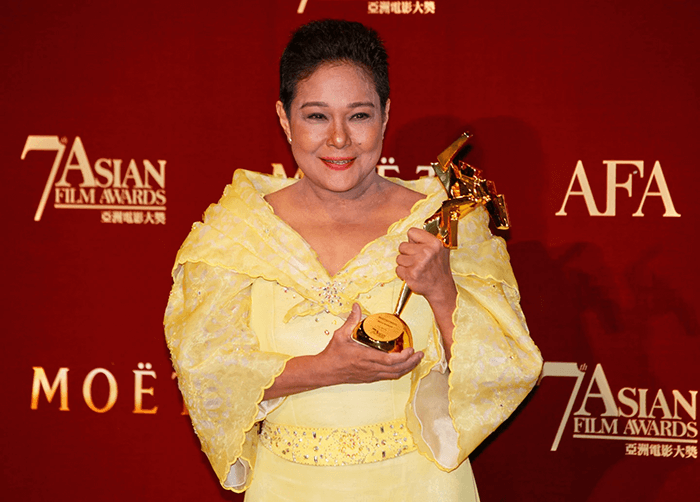
She would, in fact, collaborate with all the revered directors, from Lamberto Avellana (Fe, Esperanza, Caridad) and Gerardo de Leon (Banaue) to Lino Brocka (Ina Ka ng Anak Mo) and Lupita Aquino Kashiwahara (Minsa’y Isang Gamu-Gamo) where her real-life brother Eddie Villamayor played her brother who was shot by American soldiers who mistook him for a wild boar while he was flying a kite near the base, leading her to scream at them with the famous lines “My brother is not a pig!” when the servicemen went to the funeral offering abuloy.

The height of Nora’s popularity was something that singer Louie Heredia experienced first-hand as his neighbor in La Vista, Quezon City, where he remembers "busloads of people visiting from all over the country. They would sleep and camp out in our street outside her house. Our kasambahays would rush to her house right after serving us dinner. When she came out of her room, all the fans would be screaming, anytime of the day!'"
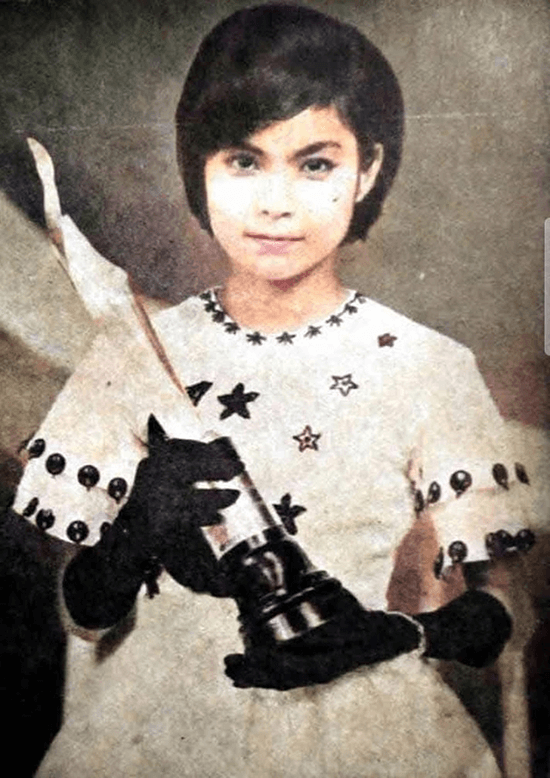
“The cars, including ours, could not pass our road because of so many fans! Eddie Boy Villamayor actually became my friend, so sad that he passed away a few years back. Suddenly, Nora was gone from La Vista. I was only 10 years old and did not know what happened. I was sad but definitely, my experience as a young kid living beside a superstar lives in me forever!”
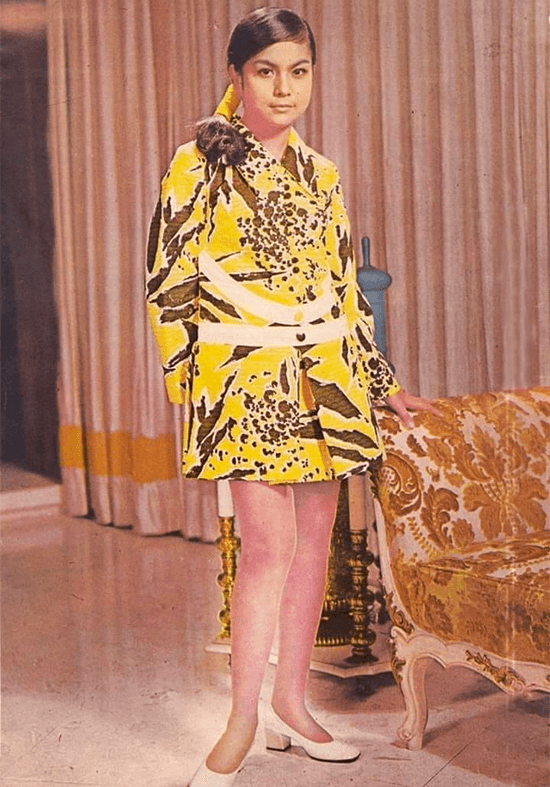
Just as saddened by Nora’s passing, he shared on Instagram how Nora helped him a lot when he was starting in show business, inviting him as guest in her TV show. Recalling that time when he told her they used to be neighbors, she said, “Paborito kong bahay yon,” then she teared in front of me. I will never forget this experience. After this, she always wanted to guest me on Superstar.”
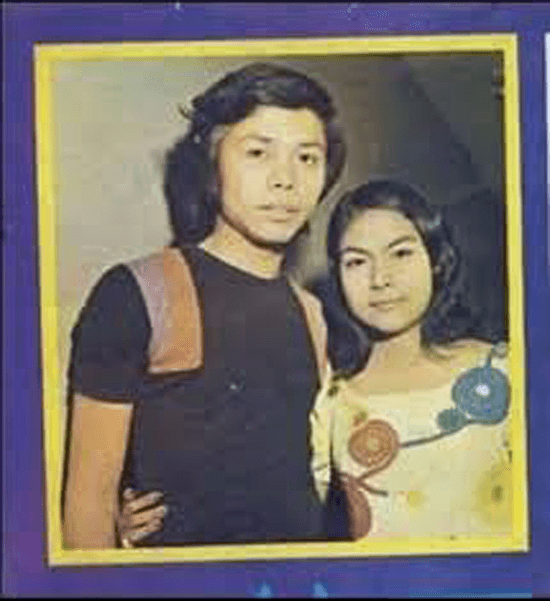
Nora, in fact, touched so many lives, lending her talent not just in music, film, and television, but even in theater, appearing in stage plays of PETA. As an actress, of course, she would win numerous awards throughout her career, both locally and internationally.
The Cultural Center of the Philippines recognized her artistry by giving her the CCP Gawad Para sa Sining Award in 2015. In 2022, she was bestowed with the title National Artist of the Philippines, the highest honor that she truly deserved after a lifetime dedicated to her art.
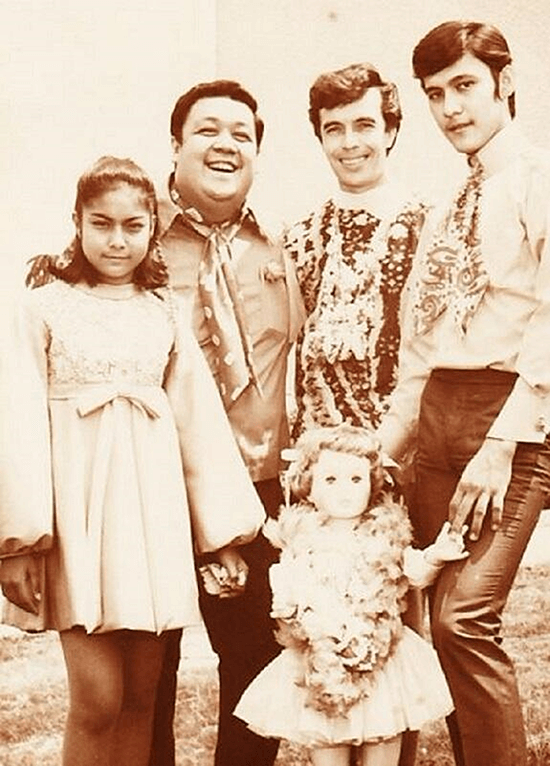
She never rested on her laurels, lending her talent to meaningful projects with kindred spirit. Jun Robles Lana, Palanca Hall of Fame playwright and film director, sums up Nora’s invaluable contribution: “She didn’t chase box-office returns. Instead, she illuminated the lives of those on the margins, giving voice to the silenced, wielding her art as both a defiance and a championing force. Yes, she was a superstar, but she constantly reminded us that she was also one of us, who just happened to shine so brightly, a storyteller who dared to look where others wouldn’t.”


